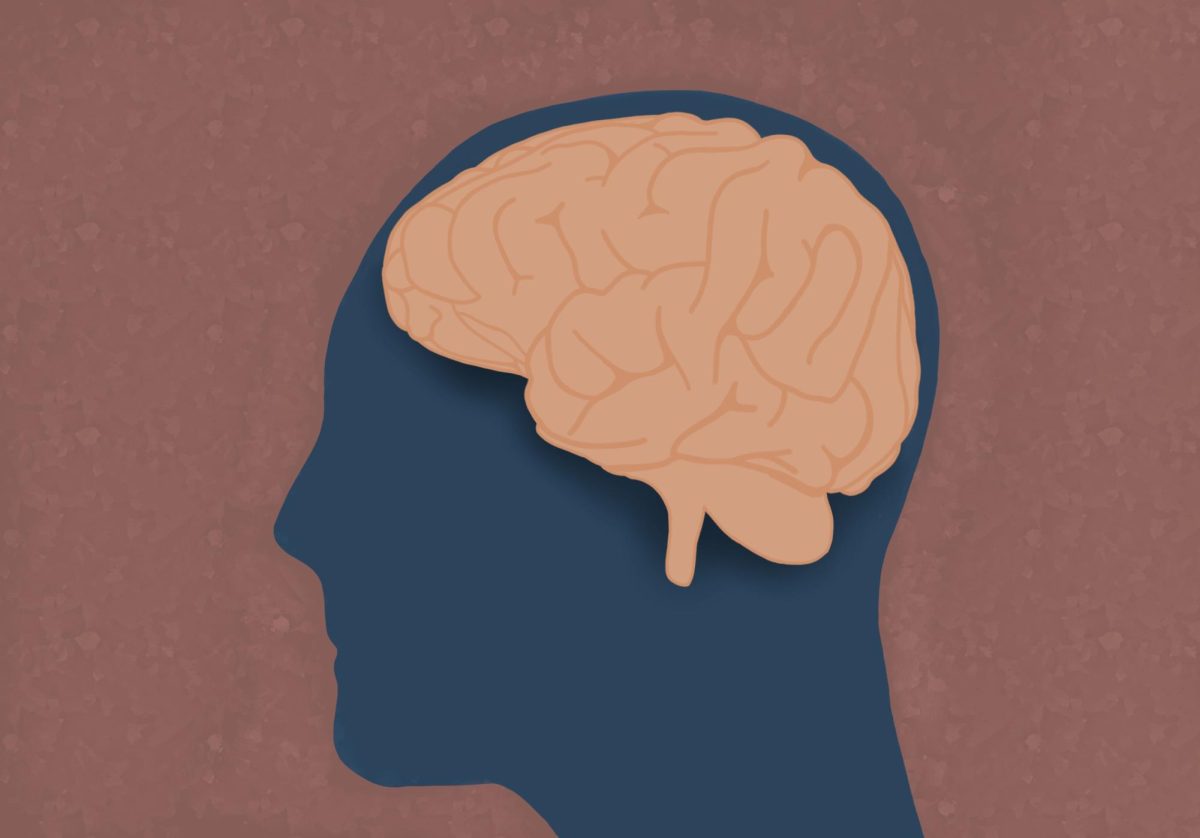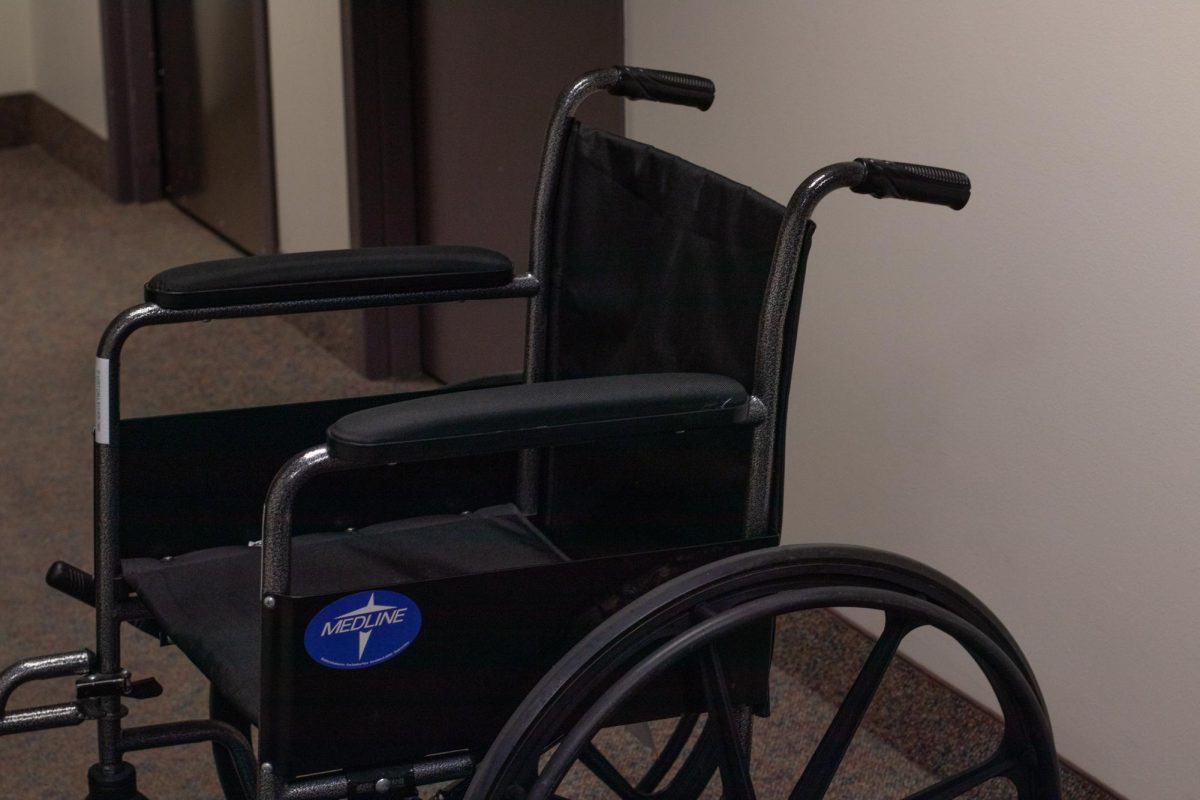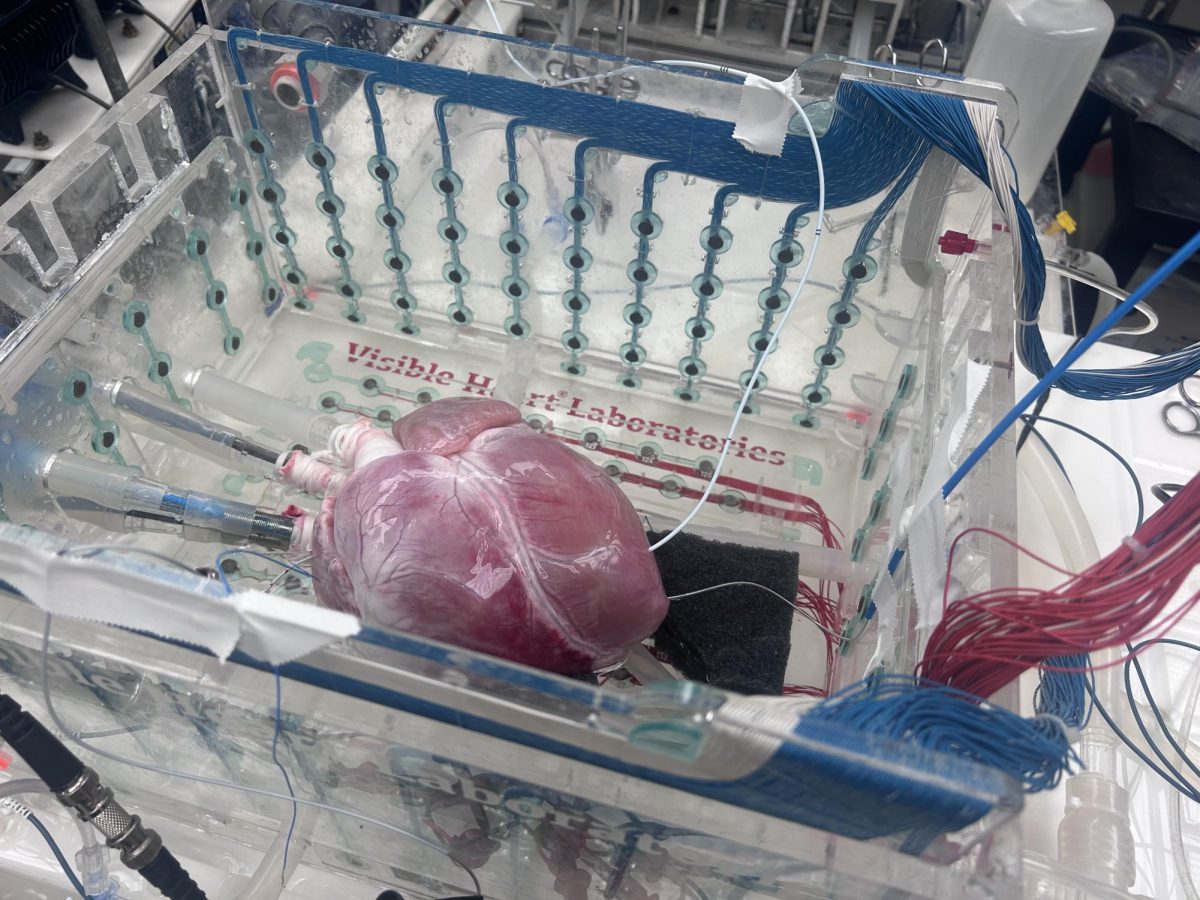Editor’s Note: This story contains themes of depression and suicide.
Researchers from the University of Minnesota Medical School have begun a four-year research project with the intent of using electrical signals in the brain to diagnose severe mental health conditions, like suicidality.
The goal of the project is to assist doctors and clinicians in diagnosing underlying mental health conditions, like severe depression, in their early stages. The project, called Fast, Reliable Electrical Unconscious Detection (FREUD) is being led by University psychiatrist Dr. Alik Widge.
“Sometimes, when a person is experiencing such symptoms, they’re reluctant to disclose them to a clinician because that would require admitting to themselves that they need help, but they also want that help,” Widge said.
The first few years of the project would be dedicated to developing and testing with a long-term goal of simplifying it so it could be used widely and easily. The research will focus on observing electrical biomarkers in the brain.
The subject would be shown some familiar images, like the Minneapolis skyline as well as unfamiliar images –– like a place they have never visited, just to calibrate the machine’s reaction to their brain’s natural reactions.
If a subject who suffers from severe mental health symptoms sees images relating to death, and those biomarkers show the same sense of familiarity as they did with the more tame set of images, it could tip clinicians off that the subject has thoughts of death.
“The conflict in whether or not to disclose their symptoms creates electrical signals in their brain that we think we can detect, by showing the person various images related to death and non-death-related themes,” Widge said.
The University will be working closely with Worcester Polytechnic Institute and the University of Washington, which will both be providing machine learning expertise to the program, according to Widge. The team will also be collaborating with Deliberate.ai and Intheon, two industry partners, who will be providing technical expertise on the project.
The funding for this project came from a four-year award given by the Department of Defense’s Defense Advanced Research Projects Agency (DARPA) as a part of their Neural Evidence Aggregation Tool (NEAT) program. The program’s primary goal is to reduce veteran suicides.
According to a 2021 paper published as part of the Costs of War initiative from Brown University, the number of suicides committed by active-duty members and veterans of the U.S. military since Sept. 11, 2001 is over four times more than personnel killed in action post-9/11.
DARPA program manager for NEAT, Dr. Greg Witkop, said the amount of military personnel killed in action compared to the much higher number who lost their lives to suicide is directly what inspired the DARPA program.
“If you think about that, we have lost four times the number to suicide than were actually killed in-theater in 20 years of war, which is what motivates this program,” Witkop said.
Witkop added many people, not just veterans, who have lost their lives to suicide also may not have displayed symptoms of a pre-existing mental illness or had symptoms that went undiagnosed. Giving clinicians additional screening information, as FREUD intends to do, could help save many more lives, according to Witkop.
Some of the technologies Witkop said the University team would be experimenting with include eye trackers and monitoring heart rate in conjunction with observing the patterns of the brain’s biomarkers to see how the body responds.
Witkop added in collaborating with companies like Deliberate.ai and Intheon, the technology coming out of this project could be capable of picking up on patterns within the brain that most humans would miss.
“We’re gonna be asking these algorithms to help us find patterns so that we can make meaning of those in real-time,” Witkop said. “We absolutely are incorporating those technologies and those methods to give us better information.”
Witkop added the end result could look like an electroencephalogram, where the patient wears a head-mounted device detecting the brain’s electrical biomarkers.
The research to come out of FREUD would be a “massive boon” to the industry, said Dr. Alex Herman, an assistant professor of psychiatry at the University. The only ways for clinicians to diagnose their patients currently are by hearing what the patient is willing to share, according to Herman.
“Diagnosis is entirely based on psychiatric exams or interviews, combined with the history of symptoms. There are no current diagnostic tests available for clinical use,” Herman said.
For suicide prevention resources, call or text 988 or chat at 988Lifeline.org.














